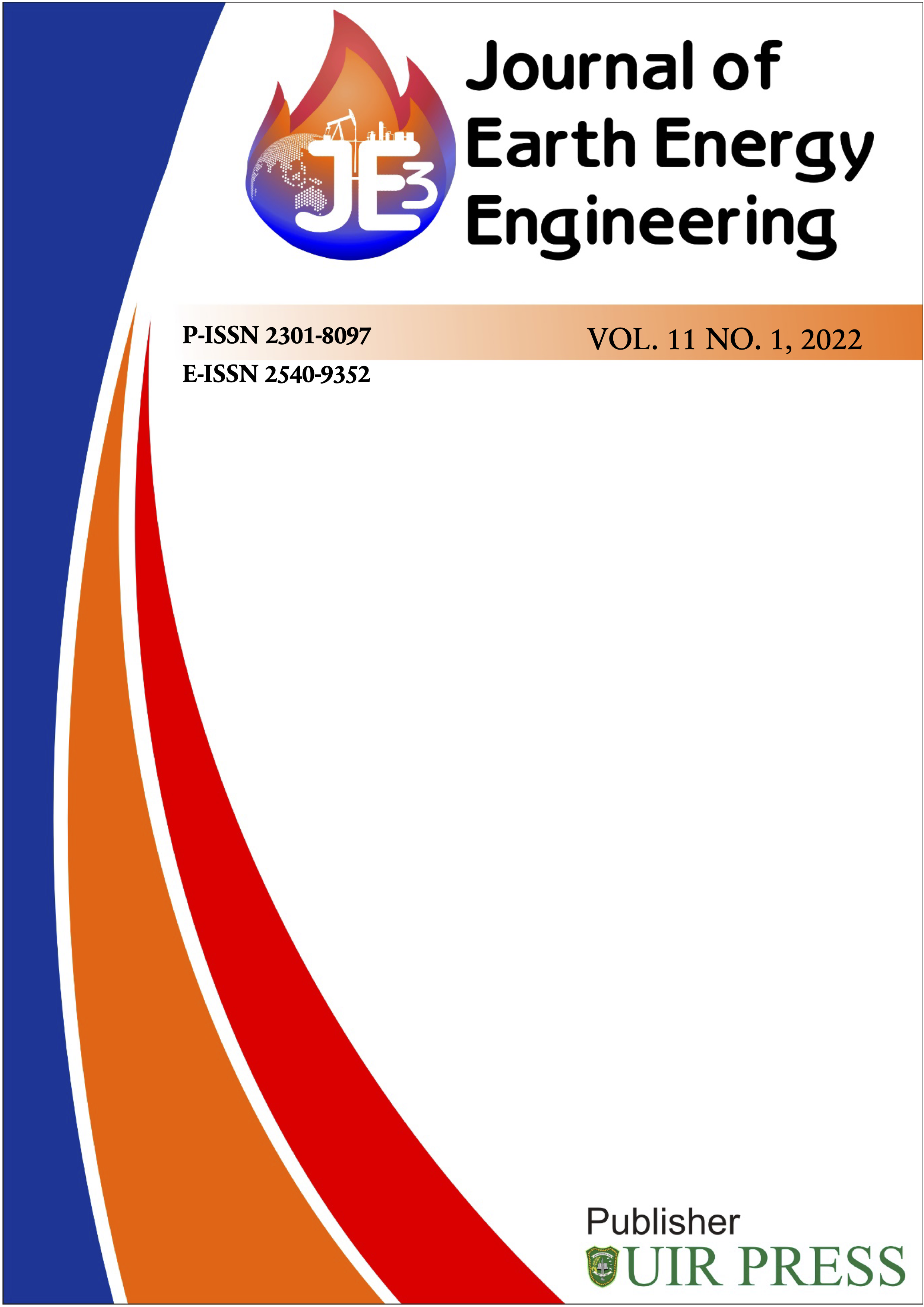ROP Prediction with Supervised Machine Learning; a Case Study Supervised Machine Learning
Abstract
Optimum drilling penetration rate, known as the rate of penetration (ROP) has played a big role in drilling operations. Planning the well ROP always becomes a challenge for drilling engineers to calculate the drilling time needed for the section. Optimum ROP is achieved when the time to drill the section is as planned. Many empirical approaches were develop to model the ROP based on the drilling parameters, and might not always match the actual ROP. In some cases, the actual ROP was slower than planned, which may increase the drilling cost, which needs to be avoided. Hence, some approaches using artificial intelligence (AI), and supervised machine learning have been develop to overcome it. Supervised machine learning is used to developed a ROP model and ROP prediction for one of the development fields, based only on two wells drilling parameters data. The model was trained using Gradient Boosting, Random Forest, and Support Vector Machine. Drilling parameter test data then is used to validate the model. The model of Random Forest shows a good or promising result with R2 of 0.90, Gradient Boosting shows R2 of 0.86, and Support Vector Machine with R2 0.72. Based on the models generated, the Random Forest has shown a good trend which could be used for modeling ROP in the future development wells
Full text article
References
Barbosa, L. F. F. M., Nascimento, A., Mathias, M. H., & de Carvalho Jr, J. A. (2019). Machine learning methods applied to drilling rate of penetration prediction and optimization-A review. Journal of Petroleum Science and Engineering, 183, 106332.
Belyadi, H., & Haghighat, A. (2021). Machine Learning Guide for Oil and Gas Using Python: A Step-by-Step Breakdown with Data, Algorithms, Codes, and Applications. Gulf Professional Publishing.
Chandrasekaran, S., & Govindarajan, S. K. (2019). Optimization of rate of penetration with real time measurements using machine learning and meta-heuristic algorithm. International Journal of Scientific and Technology Research, 8, 1427–1432.
Demšar, J., Curk, T., Erjavec, A., Gorup, Č., Hočevar, T., Milutinovič, M., Možina, M., Polajnar, M., Toplak, M., & Starič, A. (2013). Orange: data mining toolbox in Python. The Journal of Machine Learning Research, 14(1), 2349–2353.
Fernandes, S. G., Touzani, S., & Granderson, J. (2018). Gradient boosting machine for modeling the energy consumption of commercial buildings.
Hegde, Chiranth , Wallace, Scott, and K. G. (2015). Using Trees, Bagging, and Random Forests to Predict Rate of Penetration During Drilling. Paper Presented at the SPE Middle East Intelligent Oil and Gas Conference and Exhibition, Abu Dhabi, UAE.
Hinduja, H. (2020). Rate of Penetration Prediction using K-means and Ensembles, a Machine Learning Approach. International Journal for Research in Applied Science and Engineering Technology, 8(7), 843–846. https://doi.org/10.22214/ijraset.2020.30357
Höhn, P., Odebrett, F., Paz, C., & Oppelt, J. (2020). Case Study ROP Modeling Using Random Forest Regression and Gradient Boosting in the Hanover Region in Germany. International Conference on Offshore Mechanics and Arctic Engineering, 84430, V011T11A023.
Mantha, B., & Samuel, R. (2016). ROP optimization using artificial intelligence techniques with statistical regression coupling. SPE Annual Technical Conference and Exhibition.
Mitchell, R., & Miska, S. (2011). Fundamentals of drilling engineering. Society of Petroleum Engineers.
Noshi, C. I., & Schubert, J. J. (2018). The role of machine learning in drilling operations; a review. SPE/AAPG Eastern Regional Meeting.
Shi, X., Liu, G., Gong, X., Zhang, J., Wang, J., & Zhang, H. (2016). An efficient approach for real-time prediction of rate of penetration in offshore drilling. Mathematical Problems in Engineering, 2016.
Singh, K., Yalamarty, S. S., Kamyab, M., & Cheatham, C. (2019). Cloud-Based ROP Prediction and Optimization in Real Time Using Supervised Machine Learning. SPE/AAPG/SEG Unconventional Resources Technology Conference.
Authors
This is an open access journal which means that all content is freely available without charge to the user or his/her institution. The copyright in the text of individual articles (including research articles, opinion articles, and abstracts) is the property of their respective authors, subject to a Creative Commons CC-BY-SA licence granted to all others. JEEE allows the author(s) to hold the copyright without restrictions and allows the author to retain publishing rights without restrictions.




